One of the most important aspects of lawn care is fertilization, but it can be easy to do more harm than good without the proper timing and know-how. Fertilizing at the wrong time can end up producing an unhealthy lawn with weak roots. We’re going over everything there is to know about lawn fertilization so your lawn will look great all year.
Why is Fertilization Essential For Lawn Health?
To ensure healthy growth, lawns need nutrients like nitrogen, phosphorous, and potassium. Applying fertilizer at the optimal time helps your lawn get these nutrients, promoting optimal root growth and strong blades.
When a lawn lacks proper nutrients, it can become weak, leading it to be susceptible to drought, weeds, insects, and diseases.
Importance of Timing in Lawn Fertilization
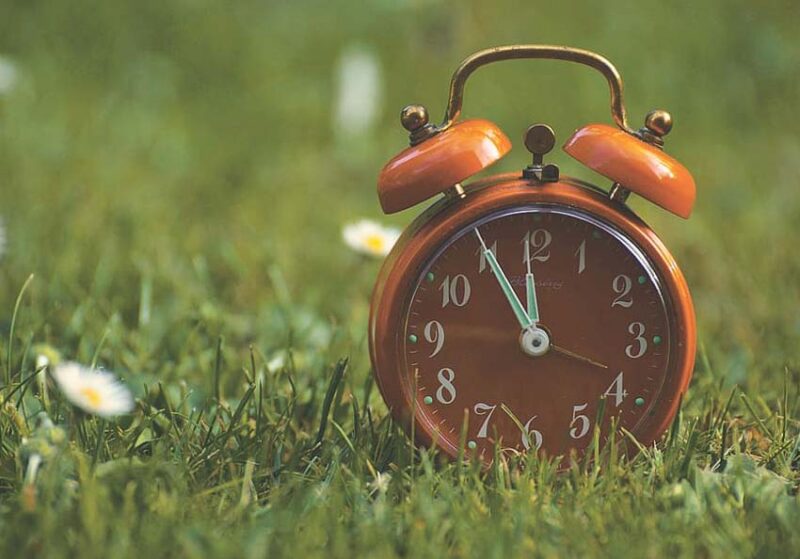
Timing is everything when it comes to lawn fertilization. Choosing the best time to fertilize your lawn can lead to healthy growth while also preventing weeds and diseases. When you fertilize your lawn at the wrong time, it can lead to excess weed growth and disease.
Understanding Your Lawn’s Needs
Your lawn’s needs change throughout the year. Periods of optimal growth during the spring are naturally followed by dormancy and drought. Knowing when to fertilize your lawn can help it get what it needs for the current spot in the cycle.
Assessing Your Lawn’s Current Condition
Take a moment to assess the current condition of your lawn objectively. Take in as many details as you can, especially areas where it could be improved. Be sure to note problems like bare spots, weak growth, excessive weeds, and pet damage.
Is your lawn new or established? Does it look healthy or stressed? What color is your grass?
Your lawn’s color can tell you a lot about its health. Grass naturally changes hues throughout the year depending on the amount of sun, water, and nutrients it’s getting. However, if your grass isn’t bright green, it could be a sign of disease, nutrient deficiency, or dormancy.
Fertilization isn’t the only part of lawn care that requires good timing. Be sure to also check out our guide to when you should water your grass.
Identifying Your Grass Type
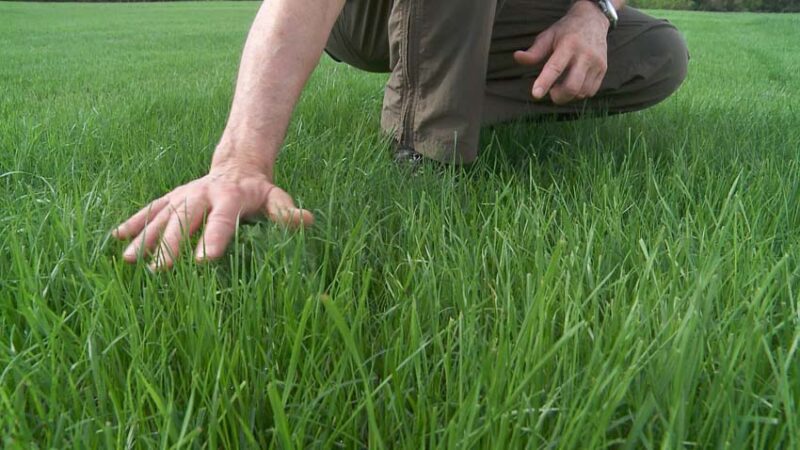
The best time to fertilize your lawn depends on what type of grass you have. Different grass types grow better at different times of year, so the fertilization needs can differ widely.
Warm-season grasses grow best during the spring and summer when average temperatures are between 75°F and 90°F. On the other hand, cool-season grasses grow best in the fall and early spring when temperatures average 60°F to 75°F.
Soil Testing for Nutrient Deficiencies
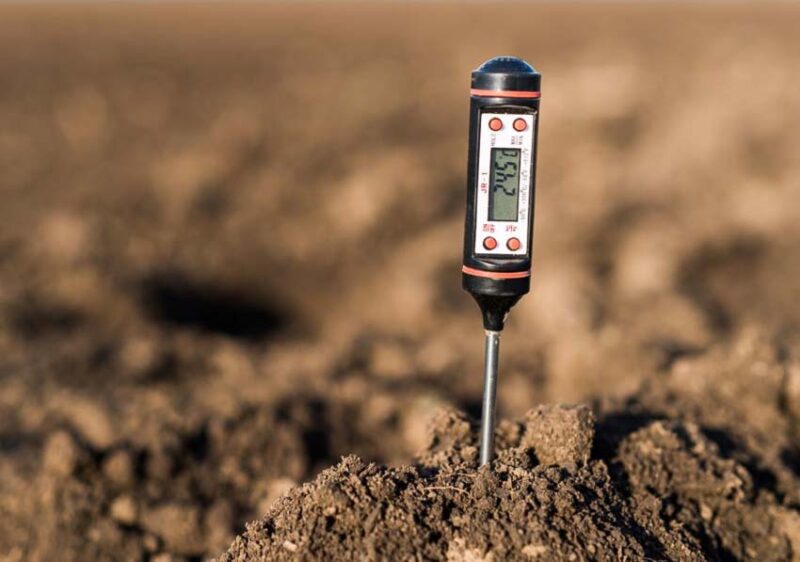
Before adding fertilizer or other soil amendments, you should be sure to test your soil. Soil tests and analyses provide information about nutrient deficiencies which can help you distinguish the best time to apply fertilizer to your lawn.
To obtain a soil test kit, contact your local extension office. If you do an in-depth analysis of your soil, it can determine the ground’s organic matter and pH levels. These results will tell you how often you should fertilize your lawn and the best type of fertilizer to use.
When to Fertilize: Seasonal Tips and Recommendations
A well-fertilized lawn is a more resilient lawn. Making a year-round fertilizer schedule designed for your grass type is an easy way to stay on top of your lawn care duties.
Regularly feeding your lawn can make it more resistant to drought, cold, weeds, and other stressors, letting you enjoy a lush, green lawn that looks good all year.
Spring fertilization
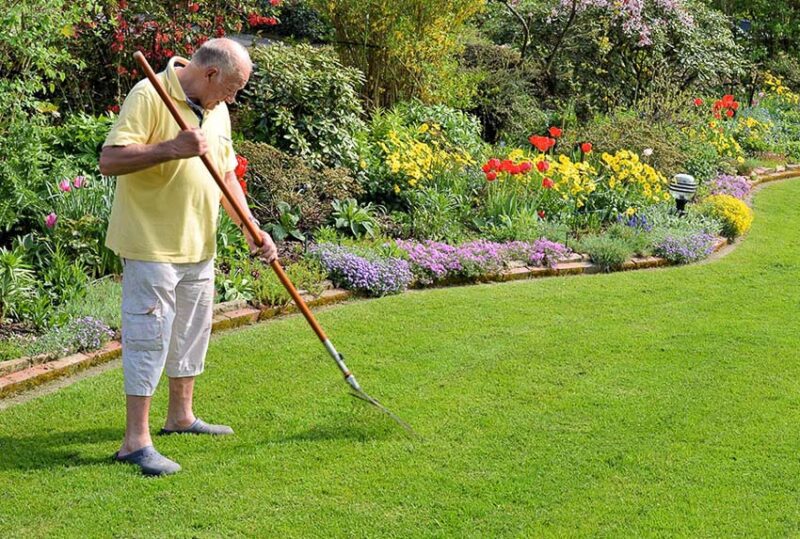
In the winter, it’s common for lawns to go dormant as temperatures drop. When your lawn wakes up, it needs a lot of nutrients to promote strong root growth. During the spring growing season, apply fertilizer to your lawn around the time you do your first mow of the season.
Applying fertilizer too early can risk your grass prioritizing leaf development rather than root growth, which can make it more susceptible to drought, weeds, and diseases later in the season.
Start fertilizing warm-season grasses in the early spring when they start to turn green. This usually happens in late March or early April when temperatures reach around 70° and soil temps are above 55°F.
For cool-season grasses, you should apply spring lawn fertilizer when they start waking up. Usually, this takes place sometime in March or April.
Summer fertilization
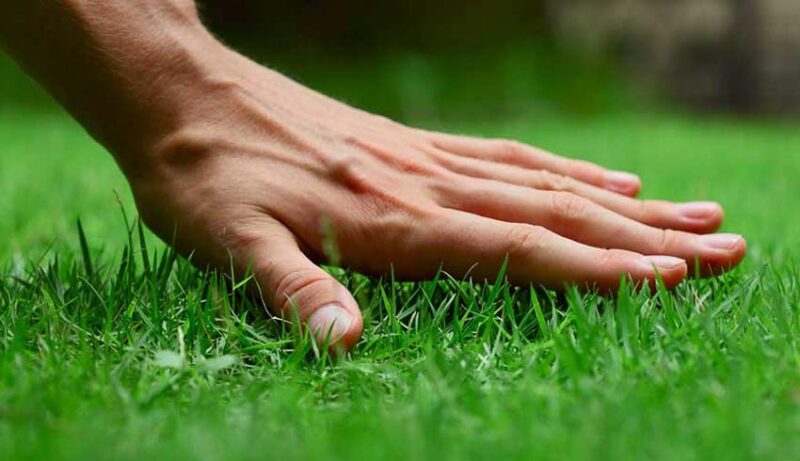
In the Southern U.S., you should start fertilizing your lawn in the early summer since it’s an optimal growth time for that region. However, the farther north you live, the more careful you should be with summer fertilization.
In the South, warm-season lawns will benefit from fertilizing in early to mid-summer. Warm-season grasses are in their peak growing season until temperatures go over 95°F, so they need adequate nutrients to continue growing healthy.
Warm-season grasses don’t go dormant in the summer like their cold-season counterparts, so you don’t need to worry as much about damaging your lawn if you fertilize in the summer. That said, it’s best to avoid fertilizing your grass once temperatures exceed 85°F.
For cool-season grasses, however, growth declines once temps reach 75°, and fertilizing in the summer can risk burning your lawn. Not only this, but it encourages weed growth, which makes it difficult for your lawn to compete with when it’s dormant.
Keep in mind, if your cool-season lawn goes dormant in the summer heat, it’s due to rising temperatures, rather than a lack of nutrients.
Fall fertilization
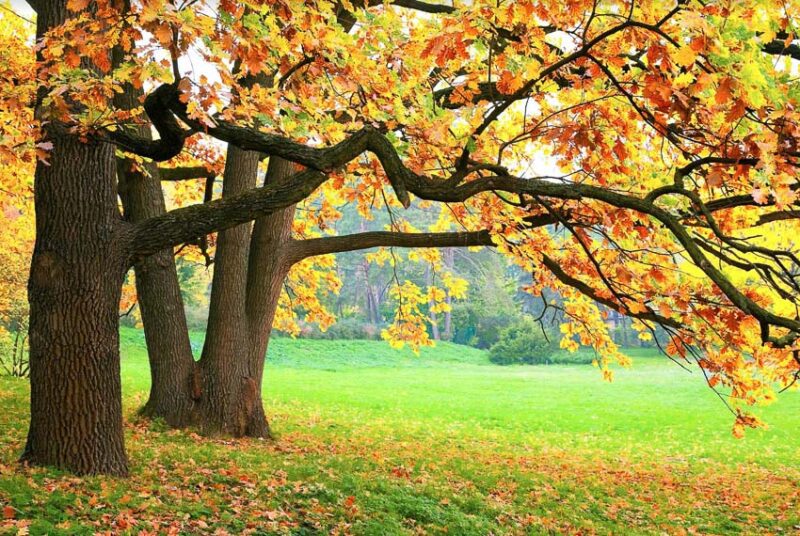
The proper time to fertilize your lawn in the fall depends on the type of grass you’re growing.
Warm-season grasses will start to go dormant when temperatures drop below 75°. For these grasses, it’s best to fertilize before the end of September, or else you could run the risk of damaging or killing your lawn over the winter.
For warm-season grass, a good rule of thumb is to fertilize in the early fall, around 6 to 8 weeks before the first frost.
Once temperatures reach 75° or below, cool-season grasses start coming out of summer dormancy to enter a peak period of growth. At this point, they require a boost of nutrients, and fall is a great time to apply fertilizer to your cool-season lawn.
Fertilize your lawn in early September as it enters its second growth period.
When you fertilize your cool-season grasses in the late fall, it provides nutrients for early spring growth. Depending on your location, you can also re-fertilize in October or November, keeping your schedule about six weeks before the first frost.
Winter Fertilization
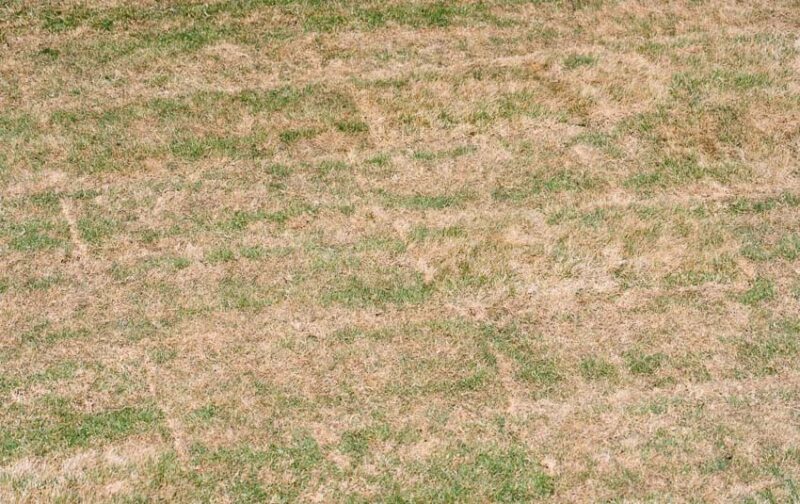
If you are thinking of fertilizing your lawn in the winter, use a special winter fertilizer. These blends help your lawn survive cold weather and are different from late-fall fertilizers that encourage growth.
Winter fertilizers contain more nitrogen, with a 2:1 ratio of nitrogen to potassium. This boost in nitrogen is designed to help your lawn store food and energy for the winter. When choosing winter fertilization formulas, look for N-P-K ratios of 16-4-8.
You should apply your winter fertilizer by the end of November, usually right after the last mow of the season. Fertilizing any later than this can encourage new growth during the winter that could be damaged by cold snaps.
When to Fertilize a Lawn–The Takeaway
The timing of fertilization is important to note if you want your lawn to be green and lush. When to fertilize, the method of fertilization, and the type of fertilizer will all determine the effectiveness of your lawn care schedule.
The Importance of Proper Timing
Fertilizers give your lawn a nutrient boost that encourages healthy growth.
When used during peak growing seasons, your lawn gets the greatest benefit from fertilizers. It’s important to know your grass type and your growing region so you can fertilize at the best time for your lawn.
Organic vs. Synthetic Fertilizers

Natural fertilizers can sometimes take weeks to break down and deliver nutrients to your grass, but synthetic fertilizers take only days. Understanding the role of different fertilizers in your schedule is important when it comes to timing.
Natural fertilizers, such as compost or manure, provide a broader range of micronutrients, therefor they have an advantage over synthetic fertilizers. Natural versions are slow-acting and provide a steady supply of nutrients over a longer period.
However, with synthetic fertilizers, application is much easier and you can often see results right away.



